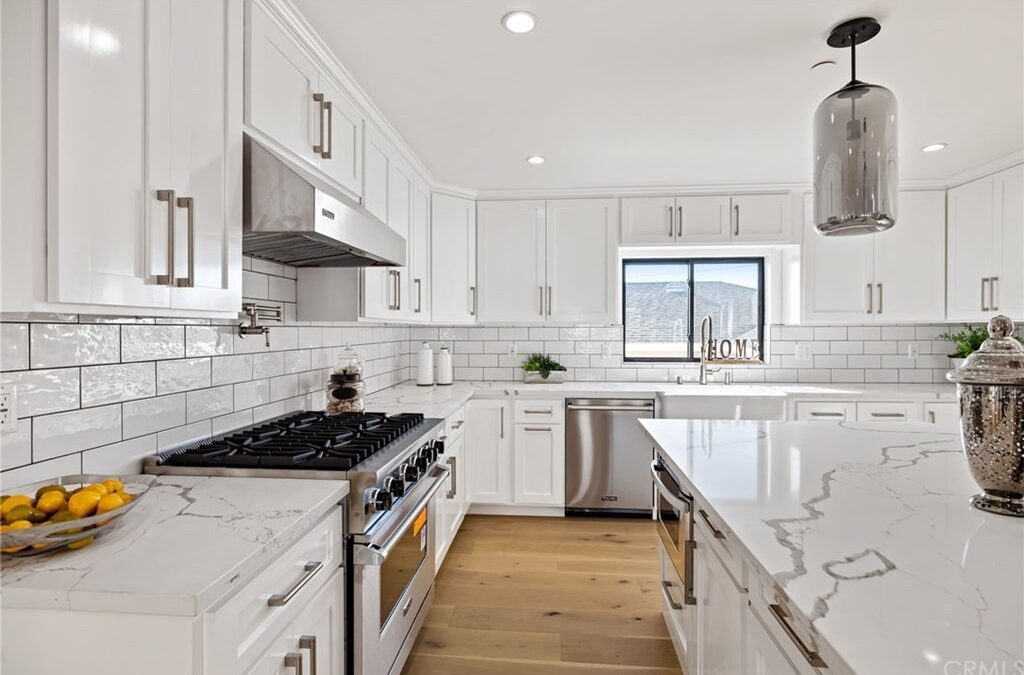Housing Market Shortage Persists
Overall housing inventory plummeted 43% in January compared to the same month in 2020. New listings were also down by 23% year over year. The home shortage increased U.S. median home prices by 15.4%, up to a national average of $346,000. The market is so tight across the country that the typical home spent 76 days on the market in January - 10 days less than one year prior.1
Considering New Construction?
In this elevated price environment, some are comparing buying an existing home to acquiring a recently constructed one. Housing market buyers can spend up to 36% more on a newly built home, according to a recent report from the National Association of Home Builders. Savings on operating costs, though, can make the two options more comparable. The report estimated a new home built and purchased in 2010 for $383,900 cost about $12,255 in operating expenses like maintenance and utilities. That compares to $15,539 in annual operating expenses from buying a home for $327,485 built in the 1960s. The annual savings of $3,284 can take the edge of the price difference, especially for buyers seeking a forever home.2
Natural Disasters Disrupting Buy-Sell Decisions
Record-breaking hurricanes, floods, wildfires, and tornados hit the United States hard last year, giving some buyers pause about where they want to put down roots, according to a survey conducted earlier this year. Of the 29 metro areas tracked in the survey, Houston residents were the most concerned about natural disasters. Nearly 60% said the frequency or intensity of natural disasters were "very much" factors in their decision to buy or sell a home. New York followed at 47%, and Miami was third at 46%. Respondents in the South and Northeast - 36% and 35%, respectively - said that natural disasters seriously affected their real estate decisions. Midwest respondents have the lowest concern about the impact of natural disasters.3
Credit Score Surprises, What Now?
FICO, Experian, Equifax, and TransUnion are different credit bureaus with propriety algorithms for calculating credit scores. Borrowers often encounter their credit scores' impact in mortgage pricing. What should they do if they discover they have a lower score than expected? A significant difference between their score and their expected score could indicate fraud using the borrower's information or an incorrect reporting status on an account. Both are best resolved by obtaining and identifying anomalies on their credit report. Borrowers with a score near the next-highest bracket also can use a credit report to chart a path to their desired score.4
Virtual Tours Hit Popularity High
Almost two-thirds of people who purchased a home last year - 63% of the nearly 2,000 polled - made an offer on a property they had not seen in person. The percentage is up from 32% a year ago and a new record, according to a recent study. Agents polled said less than 1% of tours were done by video at the beginning of 2020 - now about 10% of tours are viewed remotely. The survey results did not dissect which cause - pandemic shopping trends or the number of people moving to another state - is more responsible for the 10-fold increase in remote tours.2
Sources: 1Realtor.com, 2Realtor Magazine, 3CoreLogic, 4Experian, 2Realtor Magazine



Recent Comments